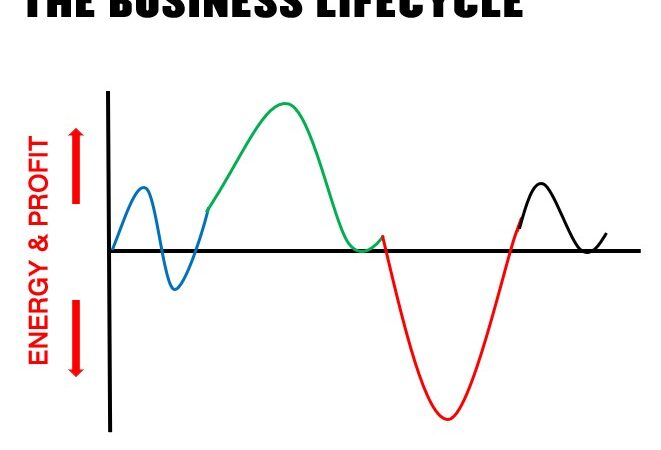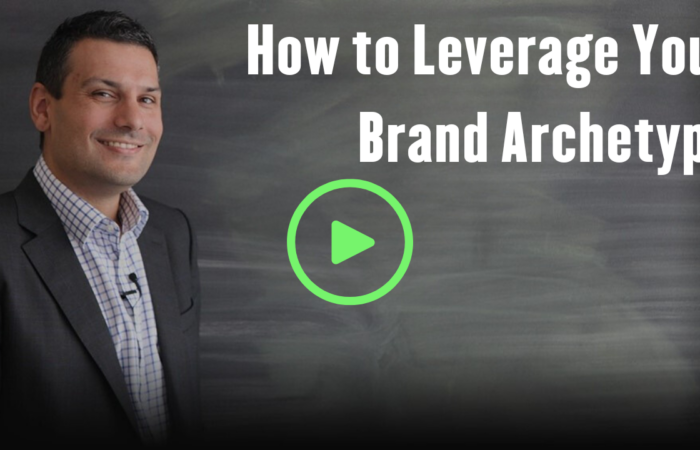The Sales Hourglass Part 1. In Blackboard Fridays Episode 10, Jacob talks about Sales and Customer Journey. Need this implemented into your business? Talk to the international business advisor who can do exactly that – Contact Jacob, Learn More, or Subscribe for Updates.
Who is Jacob Aldridge, Business Coach?
“The smart and quirky advisor who gets sh!t done in business.”
Since April 2006, I’ve been an international business advisor providing bespoke solutions for privately-owned businesses with 12-96 employees.
At this stage you have proven your business model, but you’re struggling to turn aspirations into day-to-day reality. You are still responsible for all 28 areas of your business, but you don’t have the time or budget to hire 28 different experts.
You need 1 person you can trust who can show you how everything in your business is connected, and which areas to prioritise first.
That’s me.
Learn more here. Or Let’s chat.
Transcript
Hi! I’m International Business Advisor Jacob Aldridge, and you can imagine when I go out and talk to business owners the topic of Sales is one that comes up repeatedly. Concepts around sales have evolved an awful lot over time, and Sales Training is a popular topic.
You’ve heard of things like the “Sales Pipeline”, which I don’t think was ever accurate because a pipeline tends to be the same width with the beginning as it is at the end. Sales journeys do not look like that.
The “Sales Funnel” tried to abstract it a little bit more—a lot of people come in at the top and funnel, winnowing down on their way to the bottom; but I think the concept of a sales funnel is dead because when you pour water into the funnel … it washes out at the end. You miss the opportunity to capture those relationships and build them for the long term.
Introducing the Sales Hourglass
That’s why we use the concept of the “Sales Hourglass” — bringing people in, taking them through a journey where they become clients, but then also building on the relationship to the long-term. In regards to increasing your revenue, you can simply turn the hourglass and have all those relationships run through again.
Let’s talk about the key categories that we use. In smaller businesses, you don’t need this many categories, but I find that they’re quite helpful to think about because many businesses overlook revenue generating opportunities just because they’re using a simplified model. Right at the top is most people that you may know. They’re your contacts—they may be in a database, they may be getting an email newsletter, and they’re sitting somewhere in your system they’re known to you, you’re known for them, but you don’t have much of a relationship.
As we move through the hourglass, the relationship starts to develop. The first place they go is into a branded space. This means they now understand your brand, your brand promise, what do you stand for, and what makes you special. If they were pushed, they’d be able to explain who you are and what you do. What you’re really looking for is to move them that next step further so they don’t just think about your brand in the abstract sense, they’re engaged with why they, as an individual or a business, would use your business as a service.
Once they’re engaged, you’re able to upsell them, to bring them as a client, or to develop that relationship. How then do you get them committed? This is an opportunity to find gifts, products for prospects, free products known as a couple of different things to get them committing a little bit of money to the relationship, particularly if your main client process is a large investment. Getting that small commitment from a prospect helps win them over the line a whole lot more than if you just try and push them from engaged straight into the client.
Now this is where most businesses end the relationship. They do a great job with the client, possibly for years and years and years but that’s the end of it. They don’t have to go back up and start trying to find more contact more people to move through to grow their revenue. What we work with businesses on, some of these bottoms of the hourglass opportunities. Where’s the extension opportunity? If you’ve sold a client one product, where’s the extension opportunity to sell them a second, a third, or fourth? For small businesses, that may sound daunting or unnecessary, but don’t forget you can leverage partners in business, other businesses, other business owners you’ve got a relationship within order to deliver that extension without you yourself having to develop everything.
Community. Most individuals these days are part of some sort of a community, even if it’s as simple as social media. So what are you doing with your clients to get your business into their community? If they’re in a community of like-minded people, and they’ve decided that you’re an awesome business to work with, chances are there are other people in that community that will also think you’re awesome to do business with.
The last one which takes the longest time to develop is building referral channels. There are two types of referral channels. There are those who are reactive when somebody comes to them and says, ‘Hey do you know a fantastic-looking business advisor who does blackboard videos on YouTube?’ They’ll respond sure you should go and talk to Jacob reactive refer isn’t nice, but what you’re really looking for a proactive referral channel. The sort of people who go out of their way to talk to your target clients and refer them to you, sort of people who go down to a Christmas party, or a pub on a Friday night tap someone in the shoulder and say, ‘You’re in business you need to talk to Jacob. Do what he tells you to do, pay what he tells you to pay, and thank me later.’
Most people are just focused on the reactive type. There’s much more value in the proactive type and it’s well worth an investment of your time. You understand all the different levels that fit in that hourglass, and then make a strategic decision about how you as a business will invest in developing those, you’ll find a much higher conversion rate of contacts to clients and then much more revenue generation opportunities to help your business growth.
Next Steps
Want to learn more about how this can apply to your business? It costs nothing to chat:
- Email me jacob@jacobaldridge.com (I read them all)
- Call, Text, or WhatsApp me +61 427 151 181
- Or just Subscribe https://jacobaldridge.com/about/subscribe-to-jacob-aldridge-com/ to stay in touch





[…] remember back to the Sales Hourglass episode 10 and episode 11 of Blackboard Fridays, when we talked about the importance of Positioning and […]